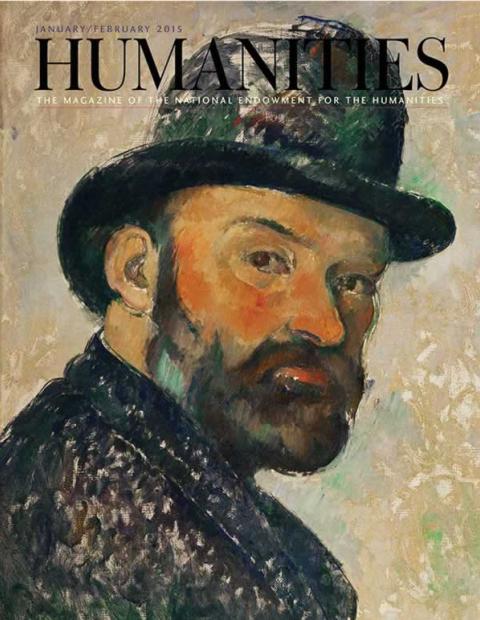It was just another wetlands before William Byrd II called this area between Virginia and North Carolina the Great Dismal Swamp. The very name still inspires laughs. An example of what is called a pathetic fallacy, it might have been part of the geography in The Princess Bride, lying somewhere north of the Cliffs of Insanity and a likely habitat for Rodents of Unusual Size.
Author of the Dividing Line Histories, Byrd was, in his own words, “a well-bred gentleman and a polite companion.” He had been educated in England before inheriting a large and profitable estate from his father. Made a commissioner by the Virginia Council, he joined an expedition in 1728 to establish the colony’s southern boundary.
Byrd freely mixed comic exaggeration with a matter-of-fact tone, as when he complained of the people in North Carolina: “They loiter away their Lives, like Solomon’s Sluggard, with their Arms across, and at the Winding up of the Year scarcely have Bread to eat. To speak the Truth, ’tis a thorough Aversion to Labour, that makes People file off to N. Carolina, where Plenty and a warm Sun confirm them in their Disposition to Laziness for their whole Lives.”
Much was at stake in establishing the line dividing the two colonies. Taxes were collected on land patents granted by the king. These funds, paid to the Crown, could subsequently be authorized for expenses in administering the colonies in which they were collected. If surveyors had faulty equipment or were careless, and if they established the line several miles to the north or south of the true border, it made a big difference to each colony’s coffers. The potential for such error (in Byrd’s mind the likelihood) leads him in The Secret History of the Line to have a bit of fun in naming some of the participants; from North Carolina there were Judge Jumble, Puzzlecause, and Shoebrush, and on the Virginia side the tempestuous Firebrand, but also Steddy, Byrd’s narrative persona.
Byrd also had a serious intellectual side. Collecting details on natural history, he corresponded with scientists. The plants he mentions in his histories run from candle berry and coltsfoot to star grass (also known as rattlesnake root) and trumpet vine. He expounds upon the flavor of bear meat, the charming of squirrels by rattlesnakes, and the soft hair growing on the head of a buffalo that “will spin into Thread not unlike Mohair.”
In describing the Dismal Swamp, he wrote: “The reeds which grew about 12 feet high, were so thick, & so interlaced with Bamboe-Briars, that our Pioneers were forc’t to open a Passage. The Ground, if I may properly call it so, was so spungy, that the Prints of our Feet were instantly fill’d with Water.”
Byrd’s observations on the excursions to set the line between Virginia and North Carolina bolstered the studies of scientists working in British America. Yet he laments, “Our Country has now been inhabited more than 130 years by the English and still we hardly know any thing of the Appallachian Mountains, that are no where above 250 Miles from the Sea.”
The NEH-funded The Dividing Line Histories of William Byrd II of Westover, edited by Kevin Joel Berland, can read at times like a romp through rhetorical artifices used by writers from antiquity up to the times of Smollett, Fielding, and Addison. “Byrd,” writes Berland, “clearly meant to create a stimulating book for London readers, and to this end he combined a chronicle of the events of 1728 with a complex, digressive account of Virginia and North Carolina, a hybrid admixture of historical, topographic, economic, scientific, and personal presentation.”
And yet, we can attribute something more delicious to Byrd. In Essays on American Humor, Walter Blair places Byrd squarely in the “tradition of comic barbarians on the frontier.” Benjamin Franklin scholar Leo Lemay includes Byrd’s “satirical passages about low-life frontier types” among books such as The Sot-Weed Factor by Ebenezer Cook (1708) and other foundational works from the South that freely indulged in the risible
and the ridiculous.


